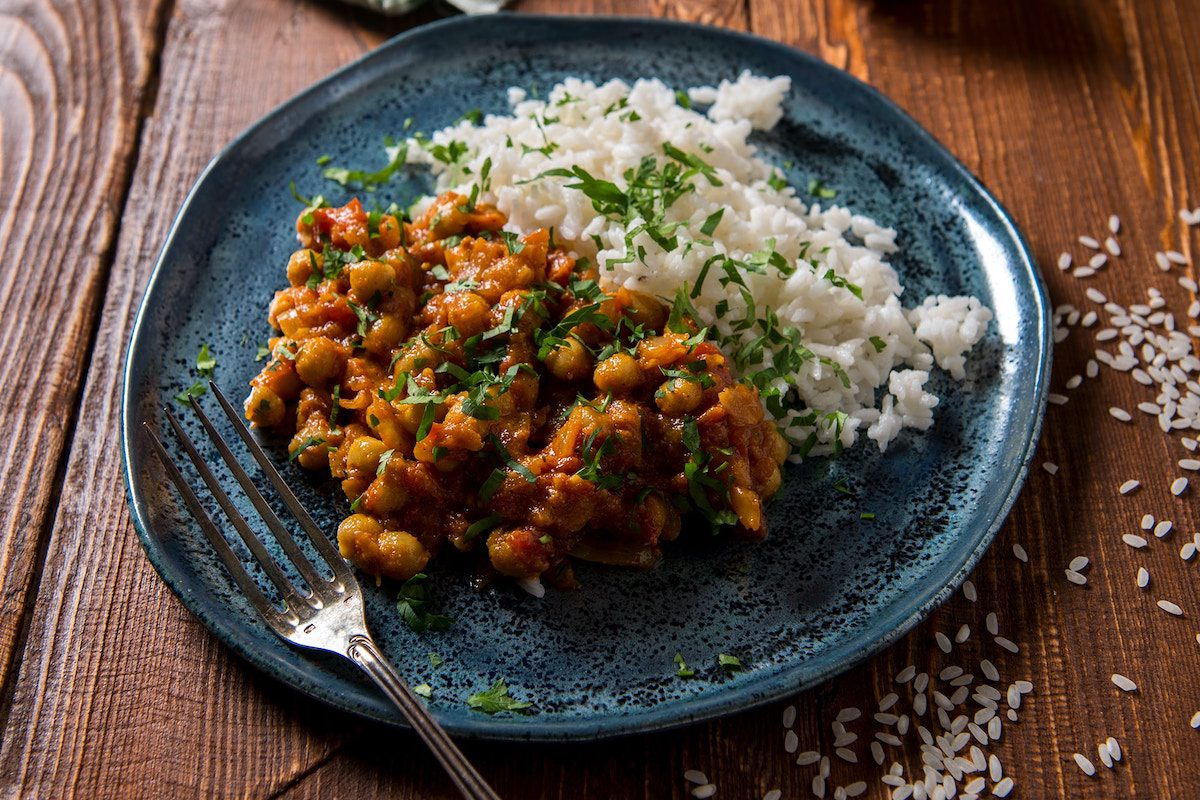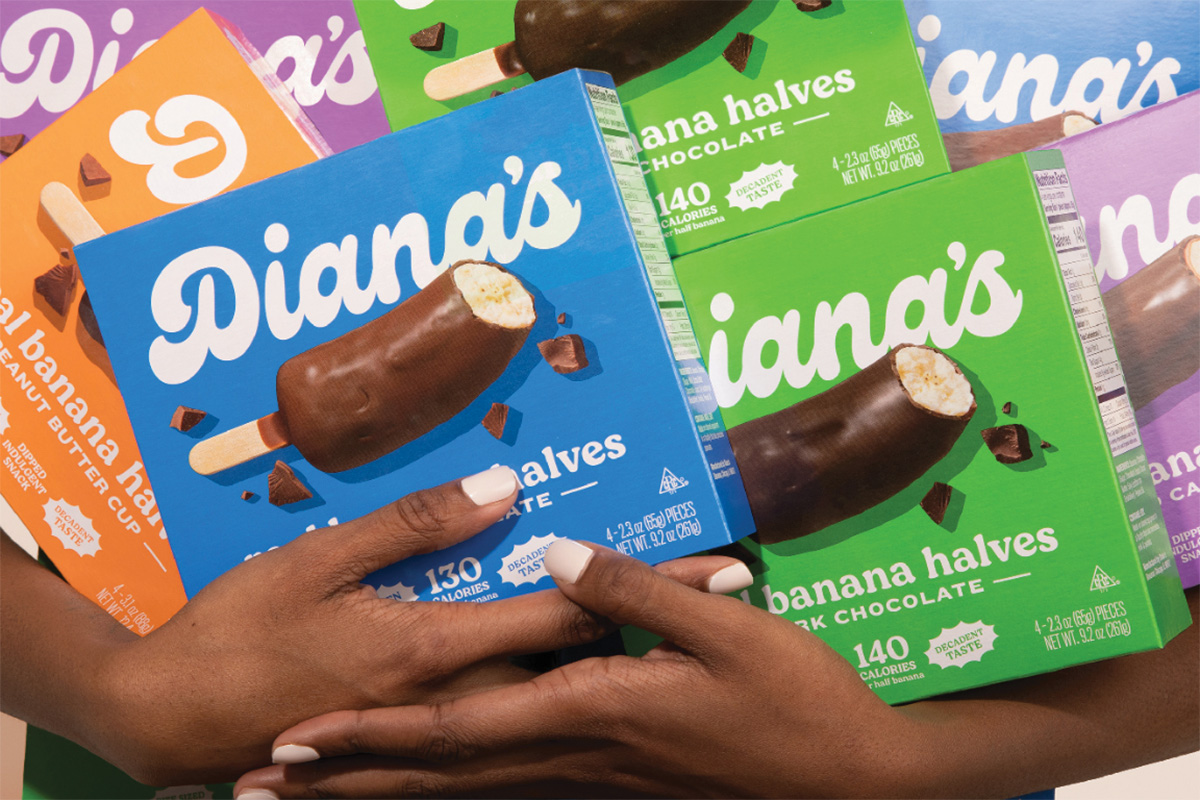We Asked A Dietitian to Comment on the Most Infamous Fad Diets — Here’s What She Said
Grapefruits, bacon and green juice….what do these things have in common? They’ve all been popular fad diets we’ve seen over the past couple of decades. But what you might not know is that fad diets aren’t something new. They’ve been around for quite some time. Some seem to make sense, while others seem absurd (cigarette diet from the 1920s, c’mon guys….really?)
So what exactly is a fad diet? Well, according to the American Academy of Family Physicians, “A fad diet is a stylish weight-loss plan that promises dramatic results. Typically, these diets are not healthy and don’t result in long-term weight loss. In fact, some diets actually can be dangerous to your health.”
To help us cut through the smoke and mirrors surrounding most fad diets, I enlisted Lauren Bozich, a Registered Dietitian, to help me put together a timeline breaking down these fads of the past. But first I had to ask, why are fad diets so popular?

“It’s because these diet trends or fad diets are constantly in your face: on the news, in magazines, blogs and top the Amazon’s Best Books List,” Lauren commented. “Fad diets are popular because they claim to give you a quick fix, a quick solution to achieving your goals! Although some fad diets may give you quick results, the results are not sustainable. Most often, any weight that is lost is gained back just as fast as the next fad diet is rolling out in the media.”
1903: 32 Times Diet
The rule was simple enough: chew each bite 32 times before swallowing. Allegedly, this would help with weight digestion and ultimately weight loss. Per Dr. Rupali, “there are two primary reasons why chewing your food is important. Firstly, to break down the food and secondly, to mix it well with saliva, which is key to the proper functioning of the digestive processes.”
LB: “In theory this makes sense. If you eat too fast, you will miss the satiety cue and in turn may overeat and consume more calories. If you slow down, you will recognize that cue and may not over eat! Not sure where they came up with the 32 times, but slowing down while eating is always a good thing! Be mindful when you are eating!”
1930s: The Grapefruit Diet
The first time we see the Grapefruit Diet, an alleged appetite suppressant. Also, believers of the grapefruit diet claim grapefruit contains certain enzymes that, when eaten before other foods, help burn off fat.
LB: “Grapefruit is a healthy fruit that provides Vitamin C, potassium and lycopene. The grapefruit diet encouraged individuals to eat a grapefruit at every meal, essentially limiting caloric intake and thus losing weight. Grapefruit is a great fruit to add into your diet, but make sure to eat other foods throughout the day too — not just a 110-calorie grapefruit!”
1950s: Cabbage Soup Diet
The trick behind this one is it burns more calories to digest than it actually does to eat. You just have to put up with the bloating and gas — so fun, right?!
LB: “Once again, this diet promotes eating a low-calorie food item, and I can’t imagine cabbage soup tastes very good multiple times a day for multiple weeks! This is a crash diet, and even if you lose weight, it will all come back on once you stop eating this way.”
1960s: Weight Watchers
Welcome Weight Watchers! They offered an alternative to dieting, which was “don’t diet, just manage your eating.” Weight Watchers allows a certain number of points per day and each food has a certain number of points. You can eat whatever you want as long as you stay within your points.
LB: “This is the first diet, or “lifestyle program” as I think Weight Watchers prefers to say, in which the program actually incorporates nutrition education and knowledge about food and its impact on your health — always a plus! Everyone should know what they are eating and why they are eating the foods they eat!”
1980s: The Pritkin Diet
This is a low-fat diet based on vegetables, grains, and fruits. Pritikin suggests eating whole, unprocessed, and natural carbohydrate-rich foods. Hmm, a carb friendly diet? Sign me up!
LB: “This one actually has some good concepts. Pritkin encourages consumption of fruit, vegetables, whole grains, legumes, fish, and lean sources of meat. The diet wants individuals to stay away from salt, refined sugars and grains, processed meats, and high saturated fat foods. But, overall, you want to consume a mix of carbs, protein and fats!”
1990s
Atkins
Bacon, burgers and cheese – just stay away from those carb. According to WebMD, Atkins says you can ‘lose weight while you eat a diet rich in protein and fat, and very low in carbs, and you shouldn’t feel hungry or deprived.’
LB: “Legit heart attack waiting to happen! If you are going to try this one- aim for leaner meats like lean beef, white meat chicken or turkey, fish, and beans. Stay away from the high saturated fat proteins like bacon and burgers!”
Eat Right for Your Blood Type
This is the diet that helps people decide what to eat based on their blood types. Creator and naturopath Dr. Peter J. D’adamo argues that your blood type determines how you react to certain foods; plus, this diet accounts for why certain diets work better for some people than for others, attributing those different reactions to blood type.
LB: “This diet has detailed instructions for foods to eat and foods to avoid based on your blood type. The idea is your blood type tells you the diseases and conditions you are more susceptible to and then this plan tells you which foods to therefore avoid or eat more of!”
Zone Diet
This diet could be deemed the start of macros. It suggests 40-30-30 ratio of carb-fat-protein.
LB: “The positive aspect of the Zone Diet is that it promotes eating five times a day, with three meals and two snacks. As long as those meals and snacks are appropriately portioned, this is a good rule of thumb to keep that metabolism working all day long and prevents overeating.”
2000: The Cotton Ball Diet
Yep, this was a real thing. Soak a cotton ball in orange juice and swallow it. Advocates said this “meal” was so filling, they felt full all day. Skewed logic aside, this particular fad put its followers at risk since most cotton balls are made of bleached polyester and filled with chemicals. Plus, there was also the risk of choking and obstructing the intestinal tract.
LB: “Who thinks of these things?”
2010: Paleo
The rule: only eat foods that our hunter gather ancestors would eat during the Stone Age. Paleo teaches you to eat whole foods, veggies, healthy fats and lean proteins.
LB: “Positives of this one: eliminating processed food, processed sugars and hydrogenated oils — those definitely were not around in the Stone Age!
“What I don’t like about Paleo is the recommendation to cut out fruits, nuts, grains and legumes. Fruits are packed with vitamins and minerals as well as fiber, while legumes are a great source of fiber and protein. You can also stick to whole grains over refined as well. This diet also recommends the consumption of large amounts of saturated fats, which can increase your cholesterol and your risk for heart disease. Instead, try consuming more unsaturated fats, such as nuts, seeds, avocados and fish.”
2012: Intermittent Fasting
While there are many variations of intermittent fasting (or IF), one of the most popular types of IF consists of 12 hours of eating, 12 hours of fasting.
LB: In my experience incorporating hours of fasting or only eating during a select few hours of the day can often lead to more cravings, more preoccupation with food and eating and binge eating — which does not lead to a healthy lifestyle or promote healthy eating habits. Do what’s best for your body.
So what have we learned about fad diets? According to Bozich, what fad diets lack is the big picture-a healthy lifestyle! Most fad diets focus on the negative side of eating and focus on cutting foods out of your diet when really the focus should be on the positive side of eating and living a healthy lifestyle! Why would you want to eat cabbage, grapefruit or even cotton balls all day long?
Instead, it’s more important to just be mindful when you eat! Pay attention to what you are putting in your body on a daily basis.
I may not be a celebrity endorsing the next fad diet trend but my tried and true advice is eat in moderation – go on and have that piece of chocolate, but make it dark chocolate and only have one piece instead of five!












